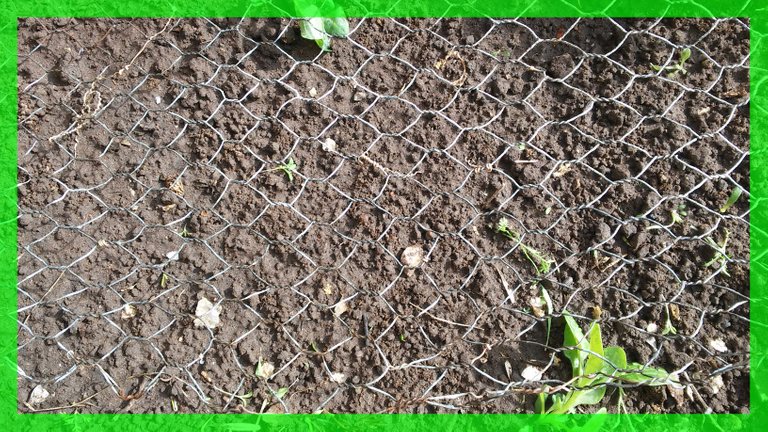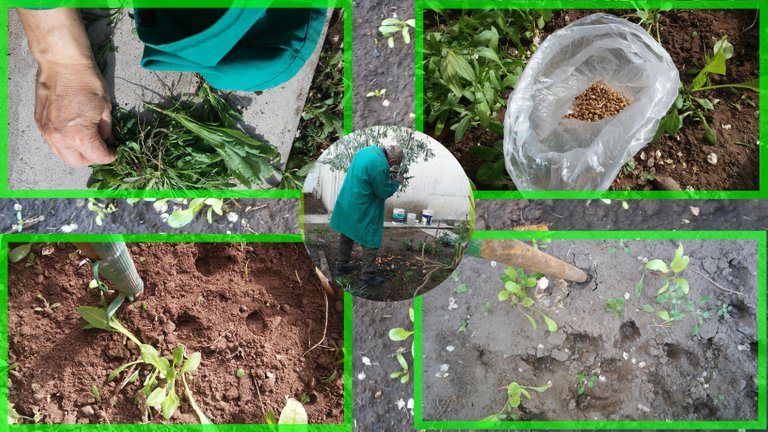
After having made the first spring crops in the garden, generally by means of seedlings to later transplant the seedlings with approximately one month of life, we find ourselves with the surprise, especially if it has rained, that we have the entire surface covered.
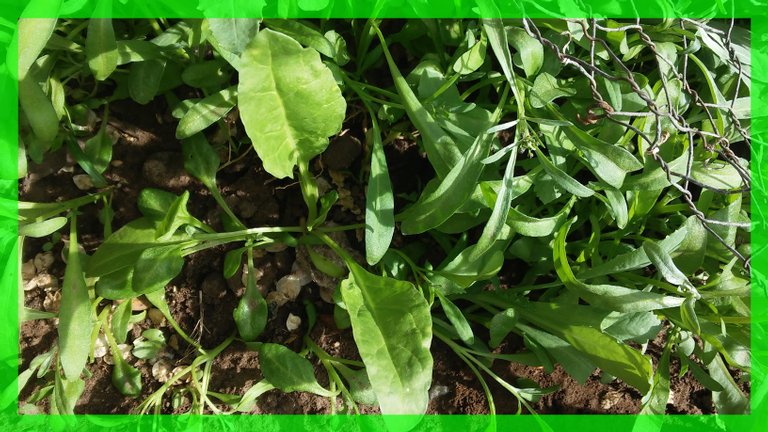
Have we been totally successful in our sowing? Not necessarily. Herbs and weeds in general come faster than our little plants. And initially we find it difficult to distinguish one from the other. To such an extent that we run the risk of uprooting the plants that serve us and leaving those useless that, apart from absorbing nutrients from the earth, suffocate the real plants in our garden.
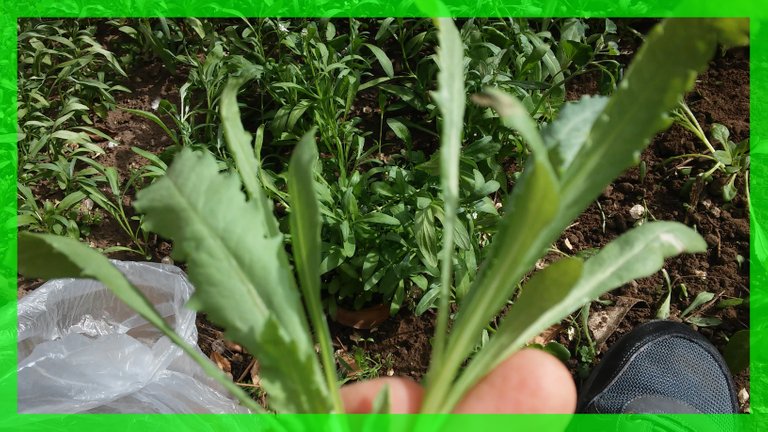
The dilemma then is: what to do? We wait longer and run the risk that the weeds end up suffocating our little plants (in my case, that plant with very small and graceful white flowers, so useful and decorative to cover spaces in the garden) is also tremendously invasive, reproducing with an alarming speed.
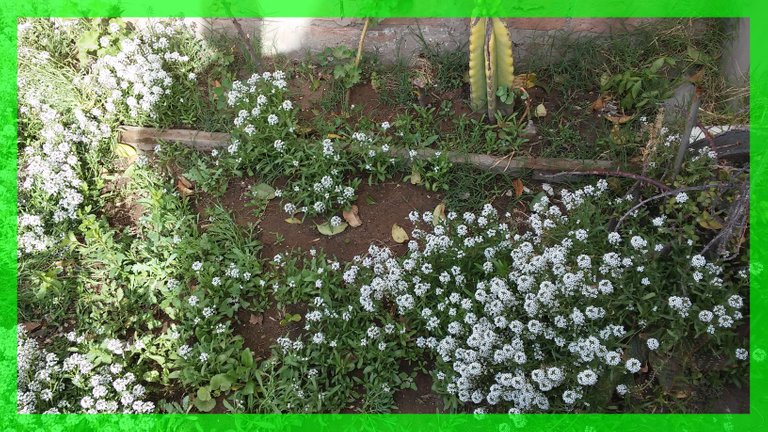
The first and fundamental thing is not to get carried away by panic and let all the little plants continue to grow because when they are small it is very difficult, for example, to differentiate a chard from any other herb. To cite just one trivial example.
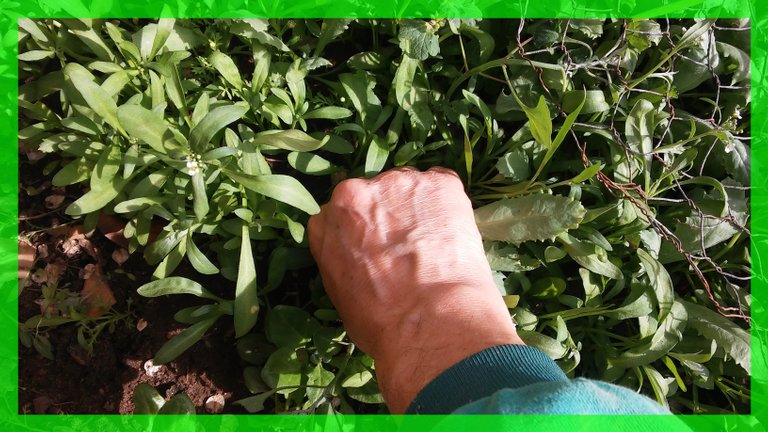
There are other species in the garden whose leaves, even when they are small, have a particular shape that allows us to identify them immediately. Like parsley for example. But not all of them are like that.
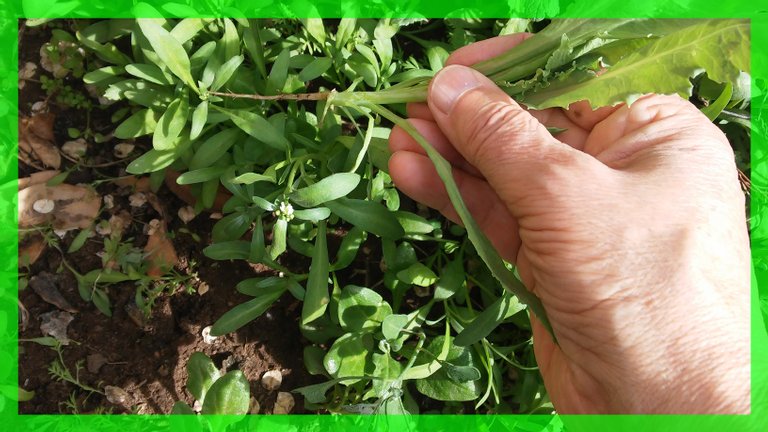
After the first thirty days, we will surely be able to differentiate what is weed, worthless herbs in our garden and our true treasure: Swiss chard, parsley, carrot, basil and everything we have decided to plant.
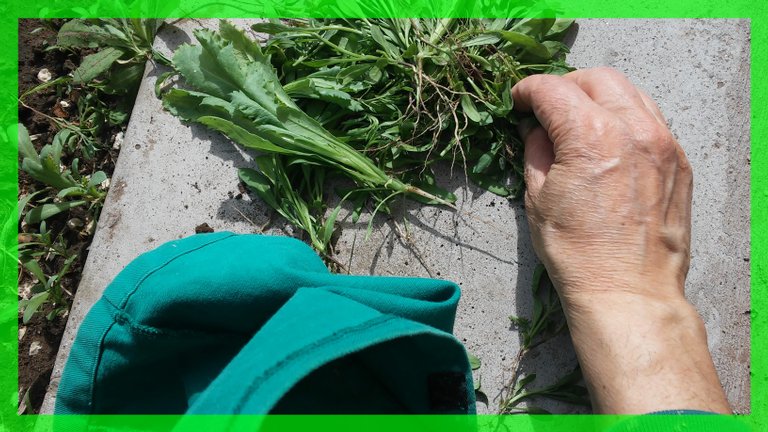
Only at this moment do we get to work, if possible with gloves -something that I generally do not do: "do what I say, but not what I do" because we will surely find some nettle plant in the middle and its contact with the skin is very irritated and itchy. By the way, nettle contains more iron content than spinach itself and can be used, for example, in the filling of exquisite ravioli.
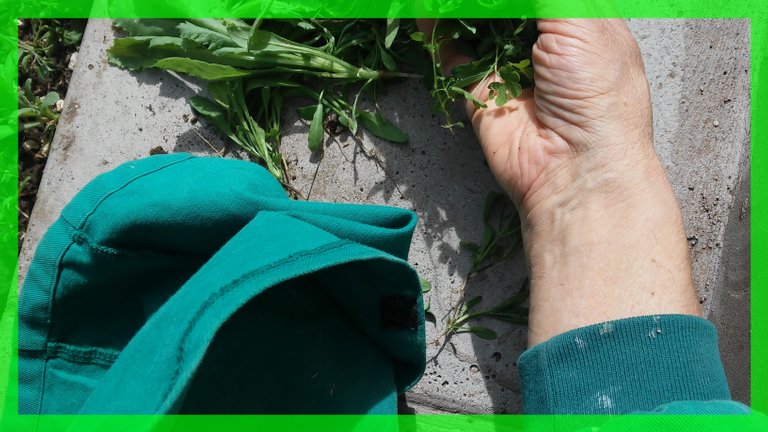
Now begins the most delicate part of the work because the plants are all together and we run the risk of uprooting the harmful ones together with those that we really want to keep for their usefulness. If the ground is dry, it is convenient to water it well. Another alternative is to do this job after it rains.
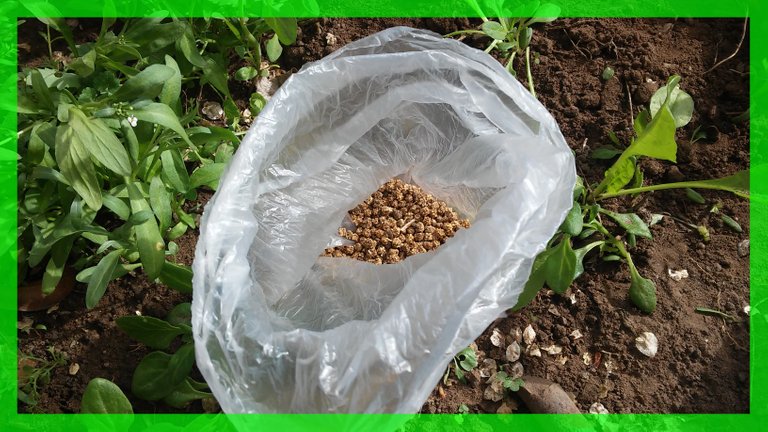
We must be very careful to remove the weeds and herbs in a very delicate way so as not to alter the balance of the land or leave the roots of the remaining plants exposed. With moist soil it is very likely that by pulling up the weeds we can uproot them with all their roots without damaging the other plants.
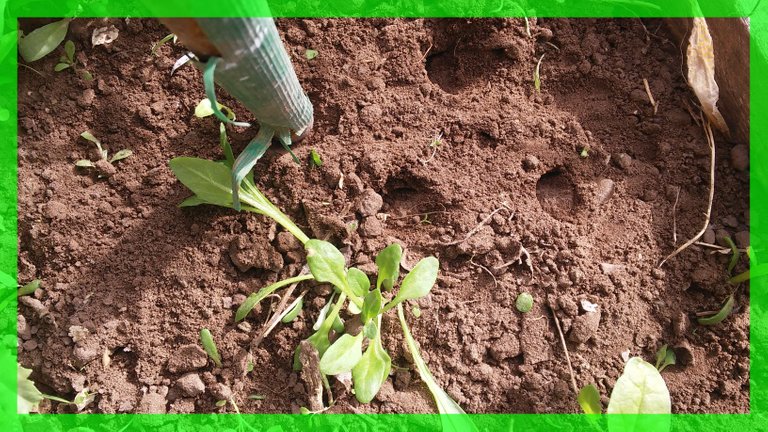
Once we have selected and removed the plants that are not from the garden, (as you can see in the photos) the next step is to re-sow that surface in which, for unknown reasons, no seed from the garden has germinated. Or maybe they have, but have been choked by the remaining weeds and died.
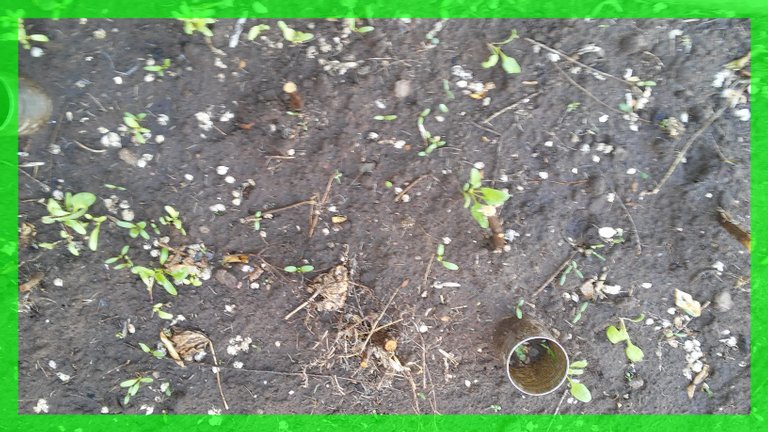
In this case, with the help of a stake, stick or any discreetly sharp element, we make holes no more than one centimetre deep and five centimetres apart from each other and plant again. We compact the soil, water it lightly so that it settles and wait. It is convenient that, in leafy plants - chard, arugula, celery, lettuce, etc. - this task is carried out in the last quarter, that is, when the moon is less powerful.
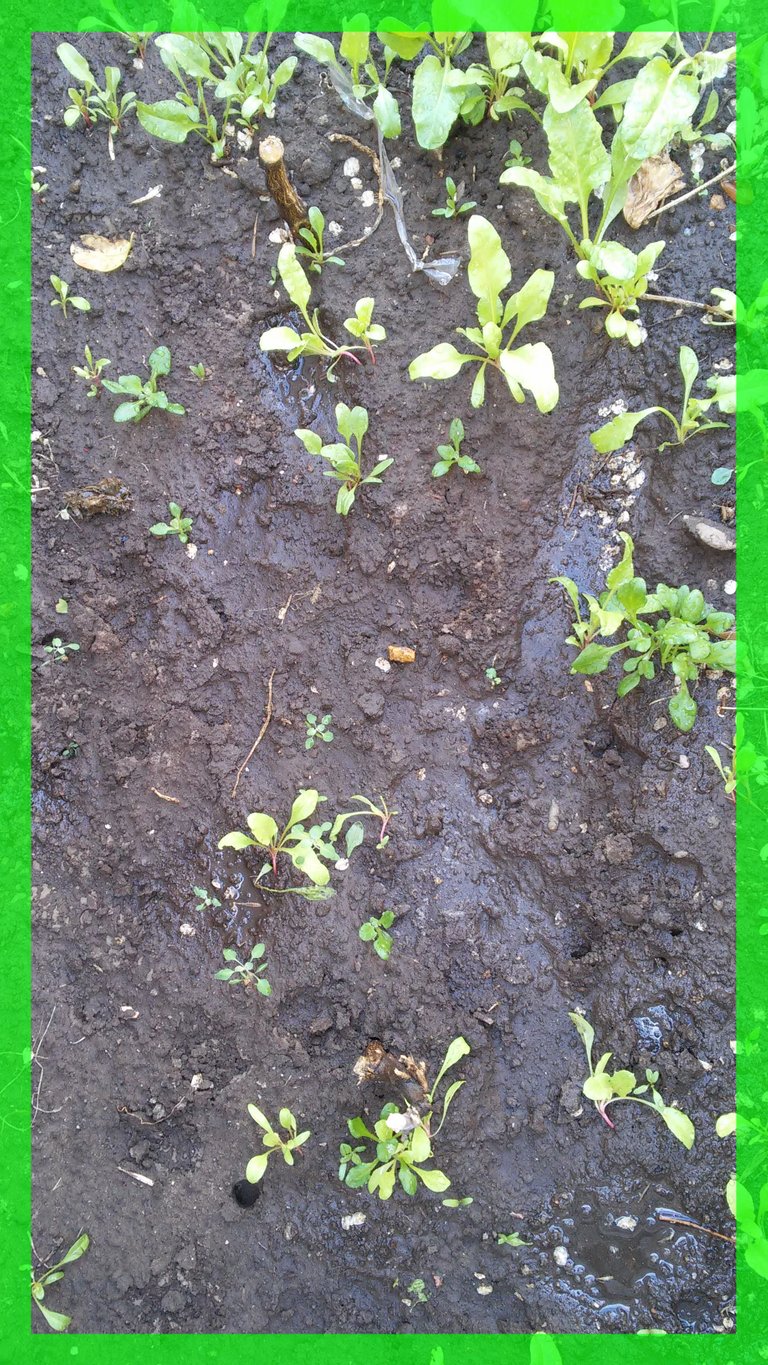
It is not a legend but a scientifically proven reality. The seeds take between fifteen and twenty days to germinate and by then the moon will already be in its crescent phase or full moon, at its greatest vigor, and therefore the plants will grow quickly and strongly. It is a principle applied not only to plants but also to animals and people.
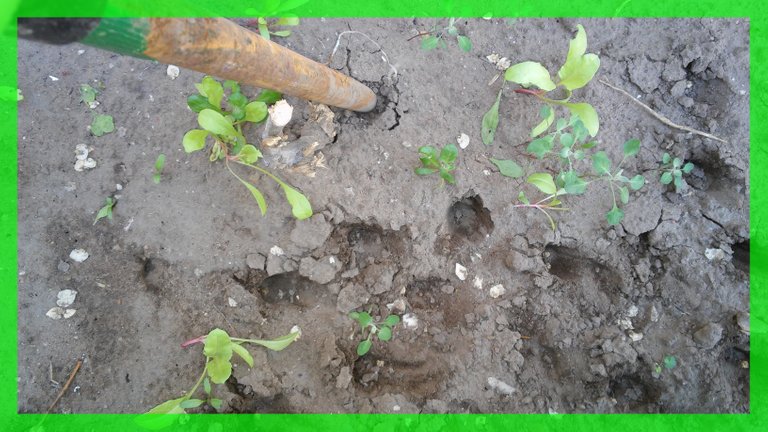
Animals, for example, when they have to give birth to a baby, if they do it on a full moon or first quarter, they will not have any difficulty, on the other hand, if they do it on a last quarter or new moon, they will have to be helped in many cases. There are two lunar phases in which it has its greatest strength and two other phases in which it decreases. This principle has been applied to crops for many years.
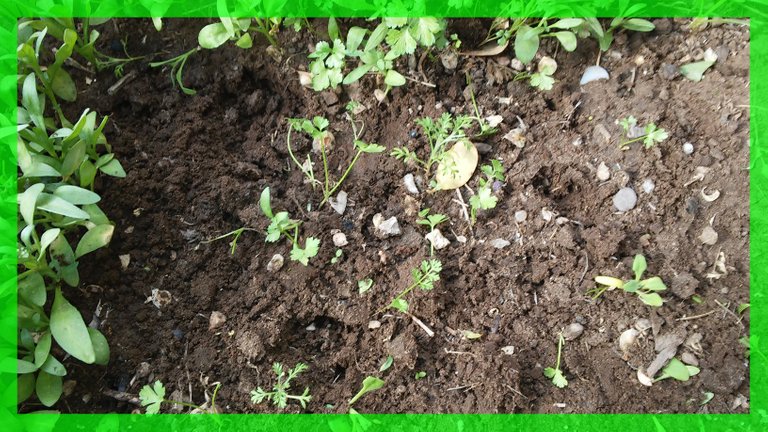
With a bit of luck, the new planting will be much cleaner and our garden plants will grow without problems. As usual, it is always convenient to protect our seedlings from birds and other animals, especially nocturnal. If we have a large garden, the use of traditional scarecrows usually gives a good result.
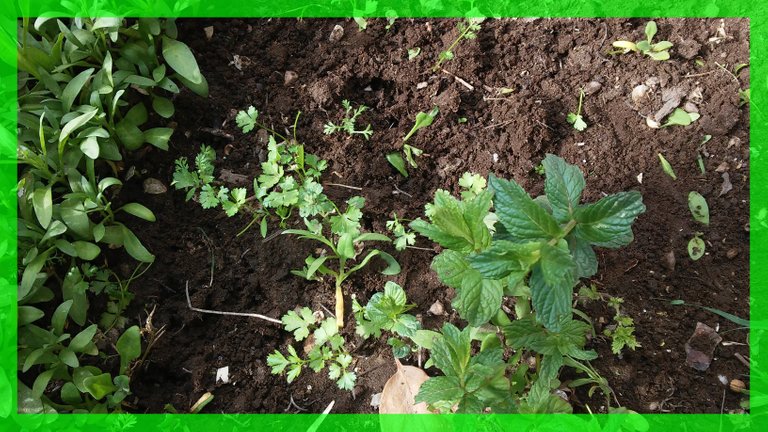
One last piece of useful advice for the newly planted planting is to protect it from the strong midday sun rays when the seedlings have just been born. A plastic sheet over the structure that surrounds the nursery is sufficient during those few hours of intense heat at midday and early afternoon. Then we take it out so that they can fully absorb the sun's rays when they already have less intensity.
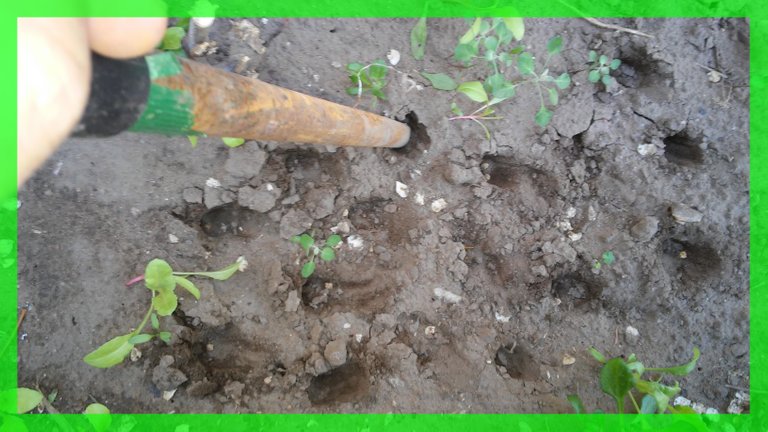
And let's not forget to take a good risk before night so that the humidity lasts for several hours. The use of watering cans is recommended to irrigate the crops with the traditional irrigation hose, since the falling water hits the newly born plants hard and can damage them.
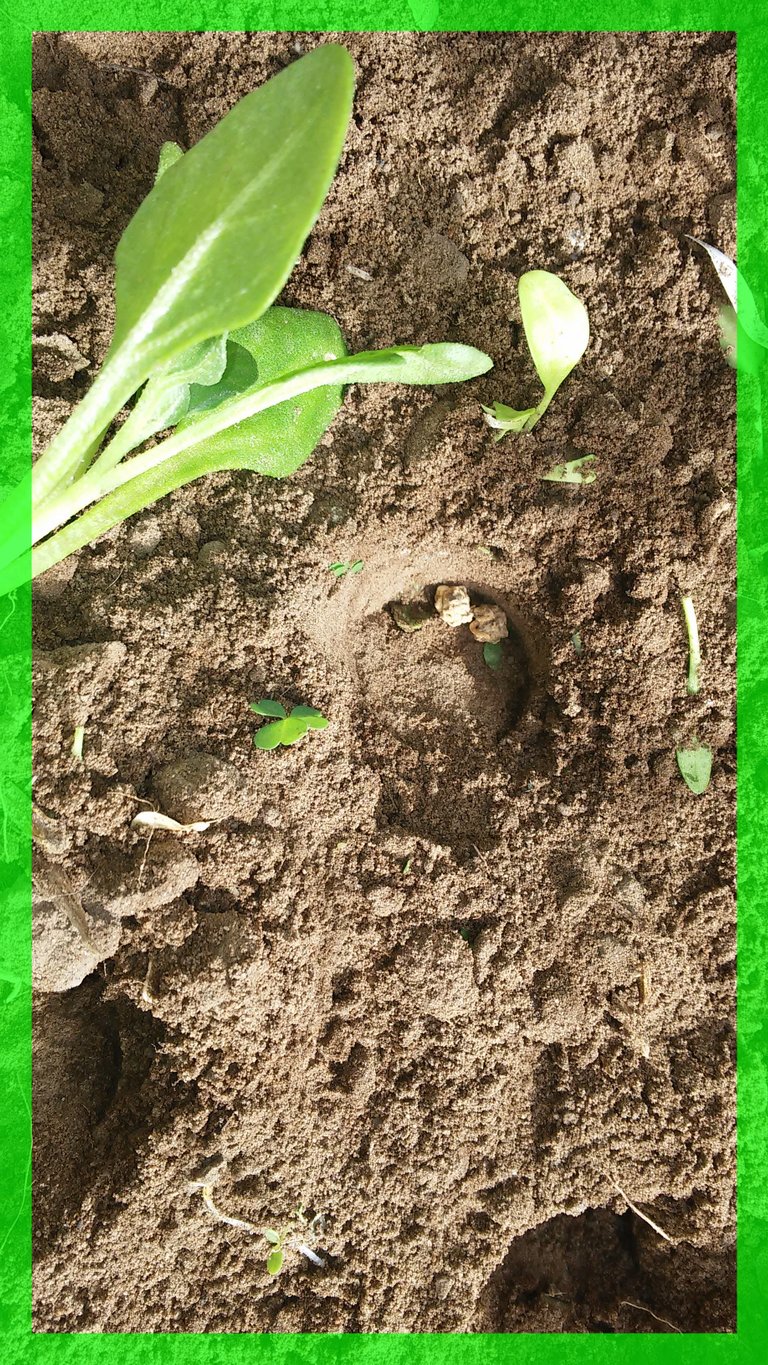
Another good risk system is by sprinkling, with a kind of very fine rain that bathes the plants without damaging the leaves.
